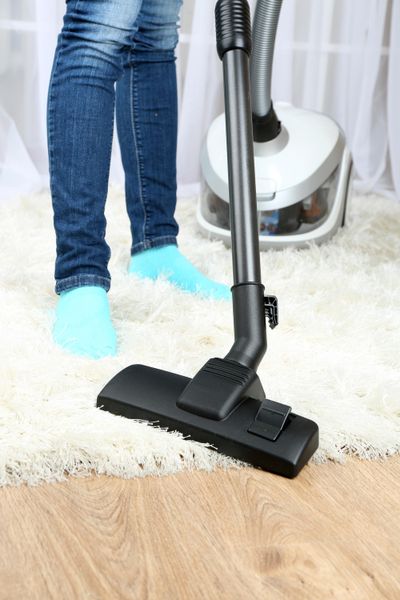Dust the bedroom for better night’s sleep

It’s cold and flu season, but if you have the sniffles and feel exhausted, the culprit might not be a germ.
When was the last time you dusted everything in your bedroom?
It’s a question Dr. Neeta Ogden, an adult and pediatric allergist and immunologist at Englewood Hospital and Medical Center in New Jersey, finds herself often asking patients.
“People complain about the cough that they can’t shake in the winter,” she said. “Many times that can be due to indoor allergies.”
Allergens on bedroom surfaces can disrupt sleep, causing exhaustion and even irritating symptoms like coughing or sneezing that people might not realize are rooted near the bed.
“I think the bedroom is really the No. 1 place that they may not be aware of that’s harboring allergens,” Ogden said.
The bed is a main source to examine. Dust mites hide in the mattress and pillows “because they actually feed off of our skin cells,” she said.
The best solution? She suggests a barrier between the mattress and you, like an AllerEase mattress protector.
“For some people, it can be a real problem,” she said.
Also, check your furniture. Perhaps the last time you cleaned for guests, you skipped the bedroom, knowing you could close the door. Or maybe that became skipping the last few cleanings.
A thin layer of dust often collects on a lamp or dresser or windowsill. And below the bed, dust balls gather, and they can include dust mites.
“You might find dander or even roach residue or pollen,” she said.
Have wipes available, she suggests, or even make a cleaning solution at home with vinegar and water.
“Wipe down these surfaces on a regular basis,” she said.
Bedding isn’t exempt: Throw it in laundry with hot water and a hot dryer cycle once a week, she said.
Same with stuffed animals. “Anything that’s stuffed is going to harbor dust mites,” she said.
Wash them, or freeze them for 24 hours to get rid of any dust mites.
Don’t forget pillows: Wash pillowcases, she suggests, in 130-degree water. Consider protectors for those too, and as a last resort, replace your pillows.
After all, as she noted, “once sleep is affected, it’s affecting quality of life.”